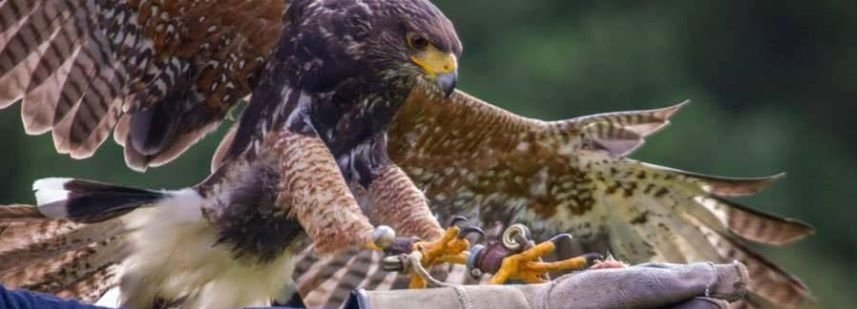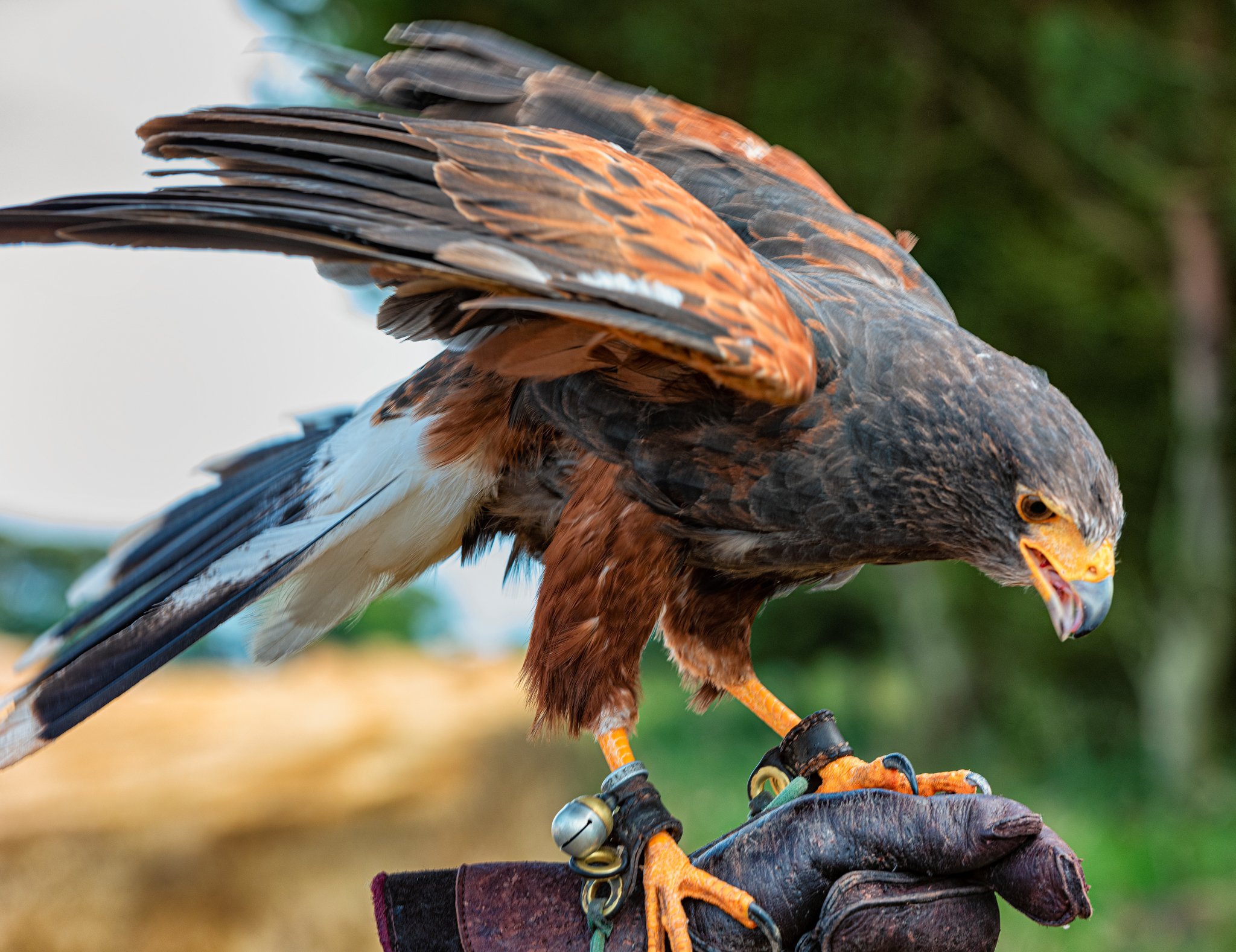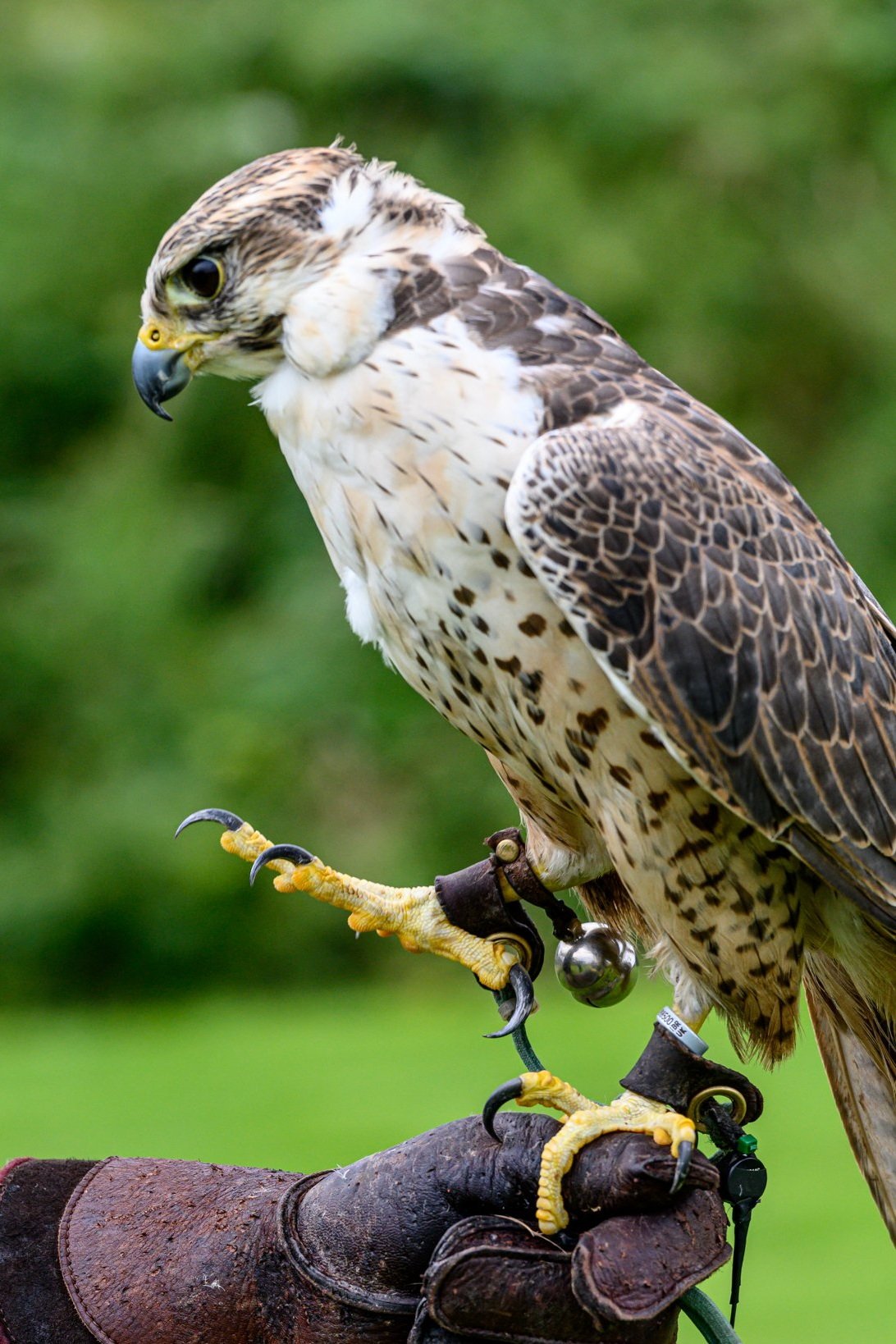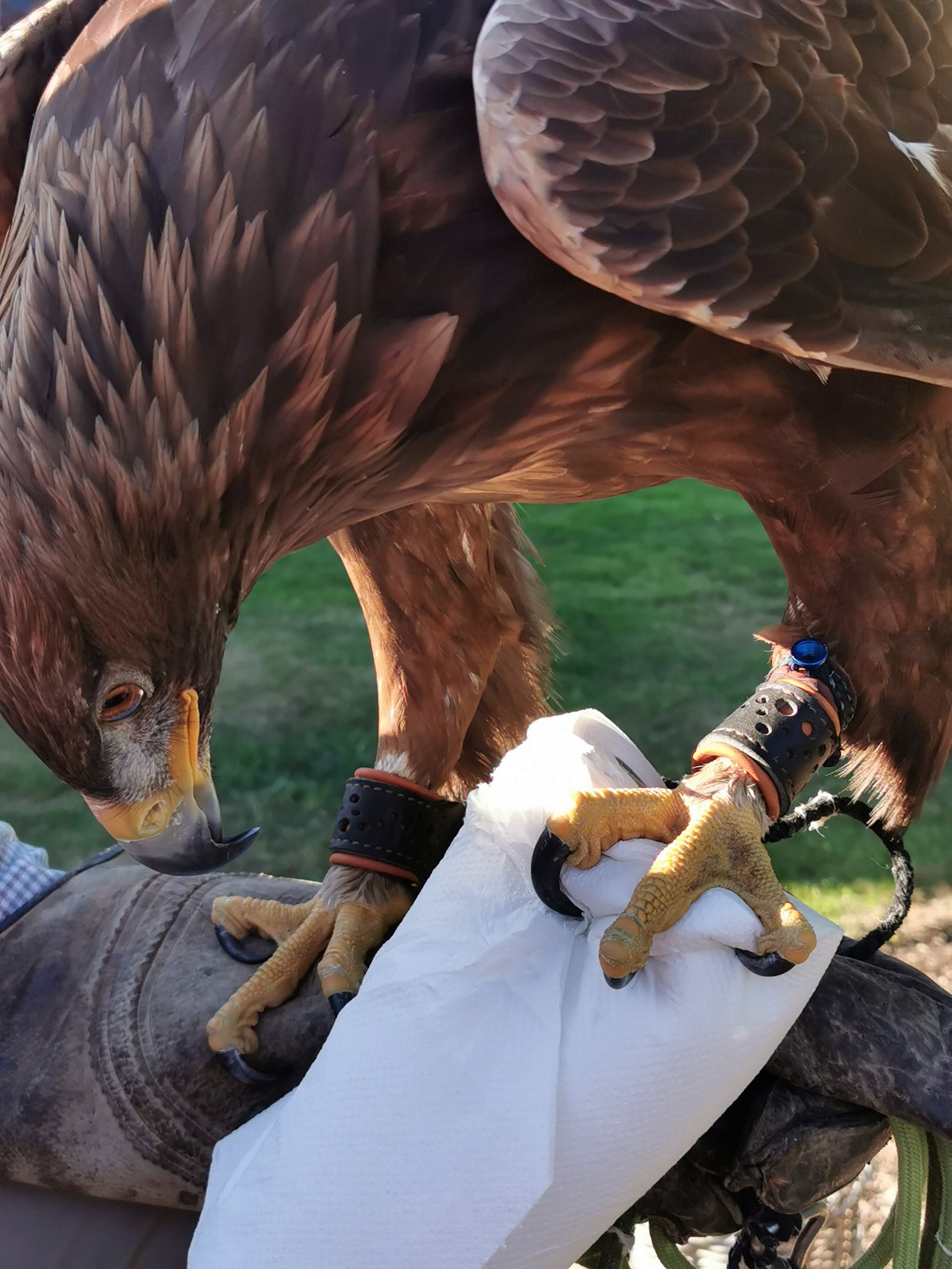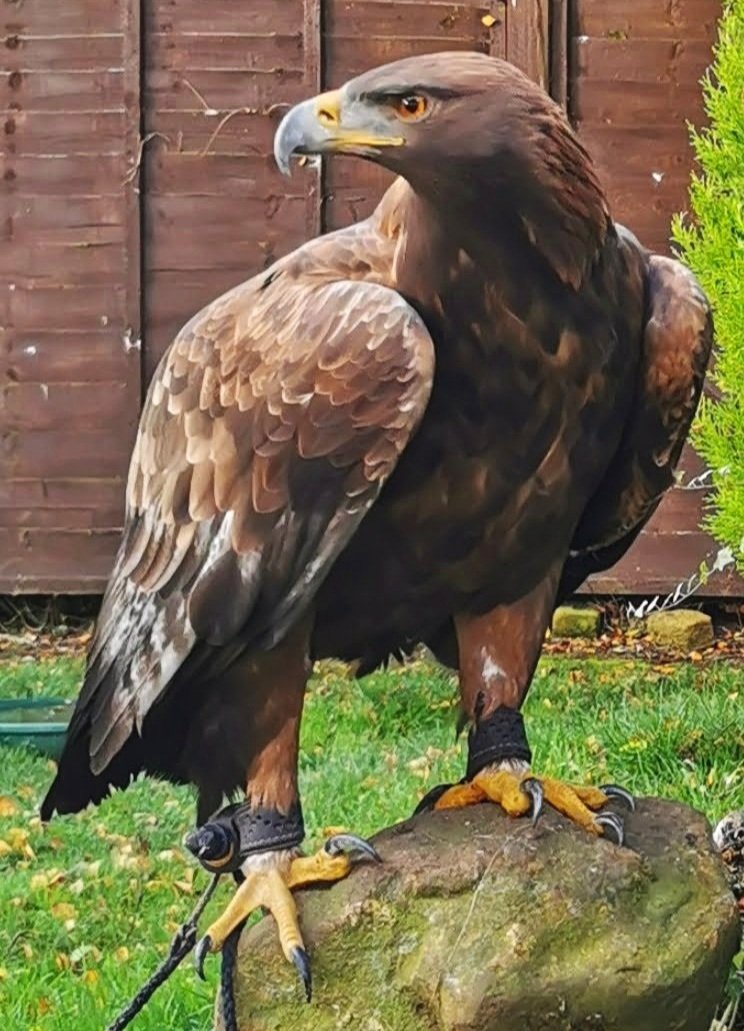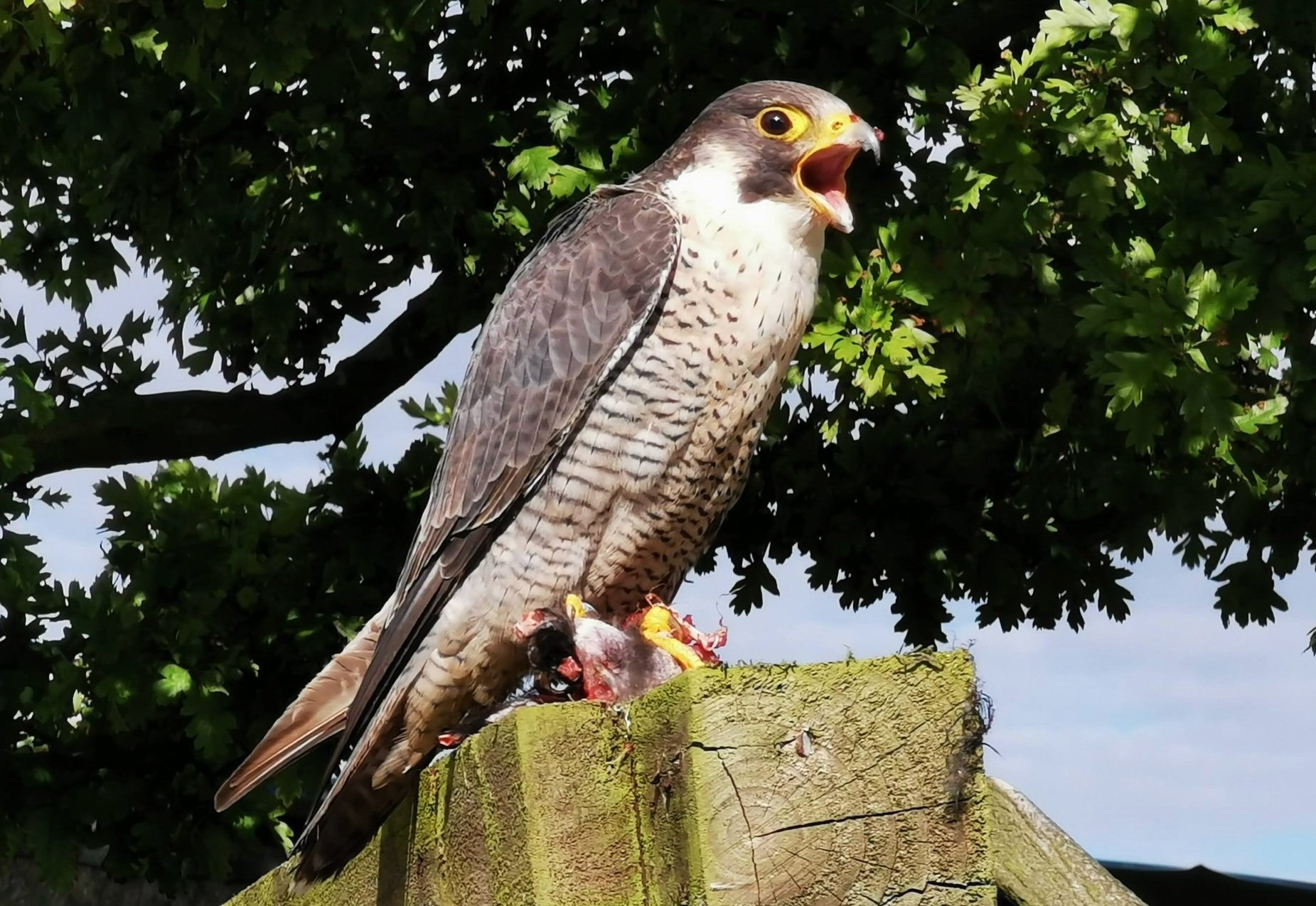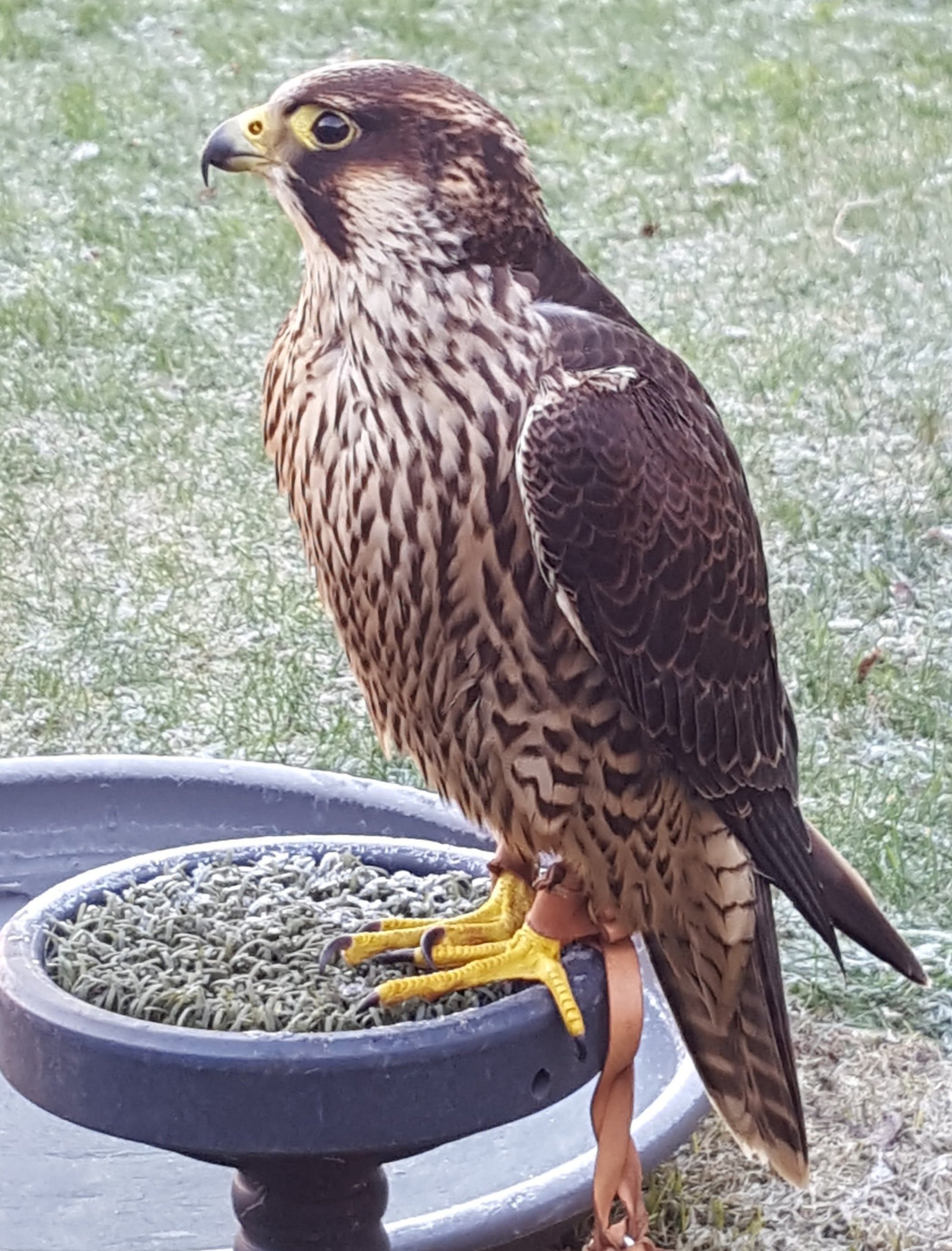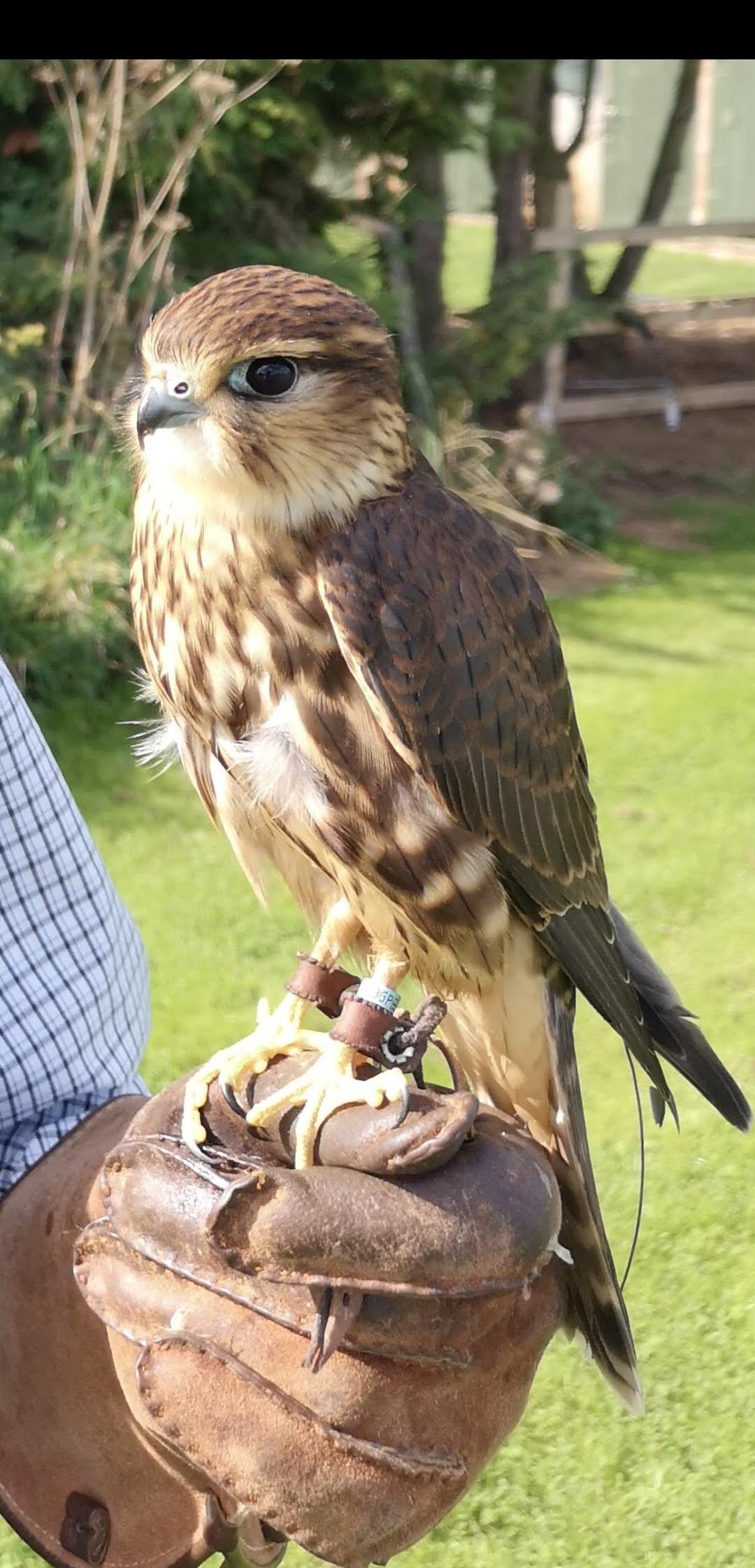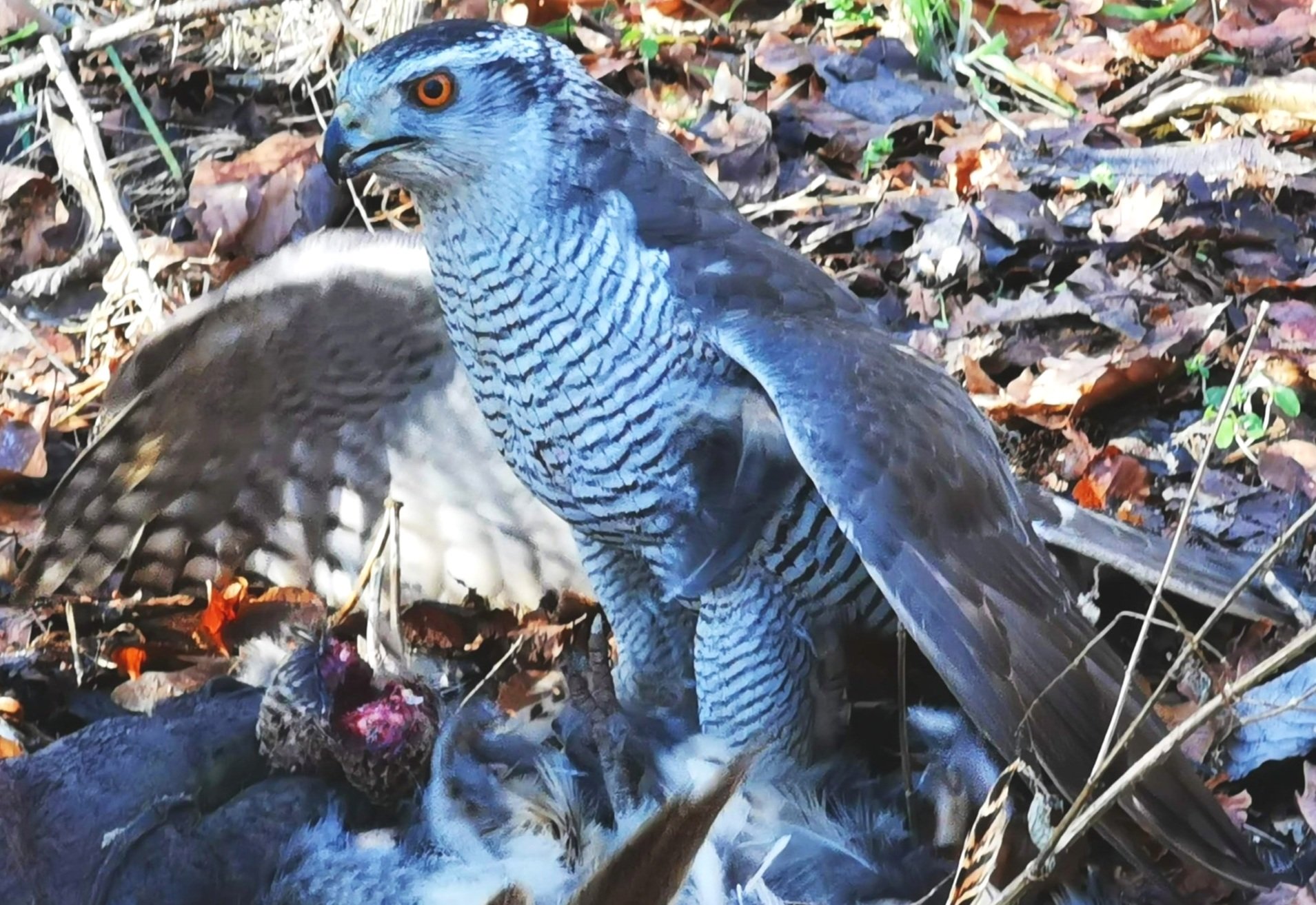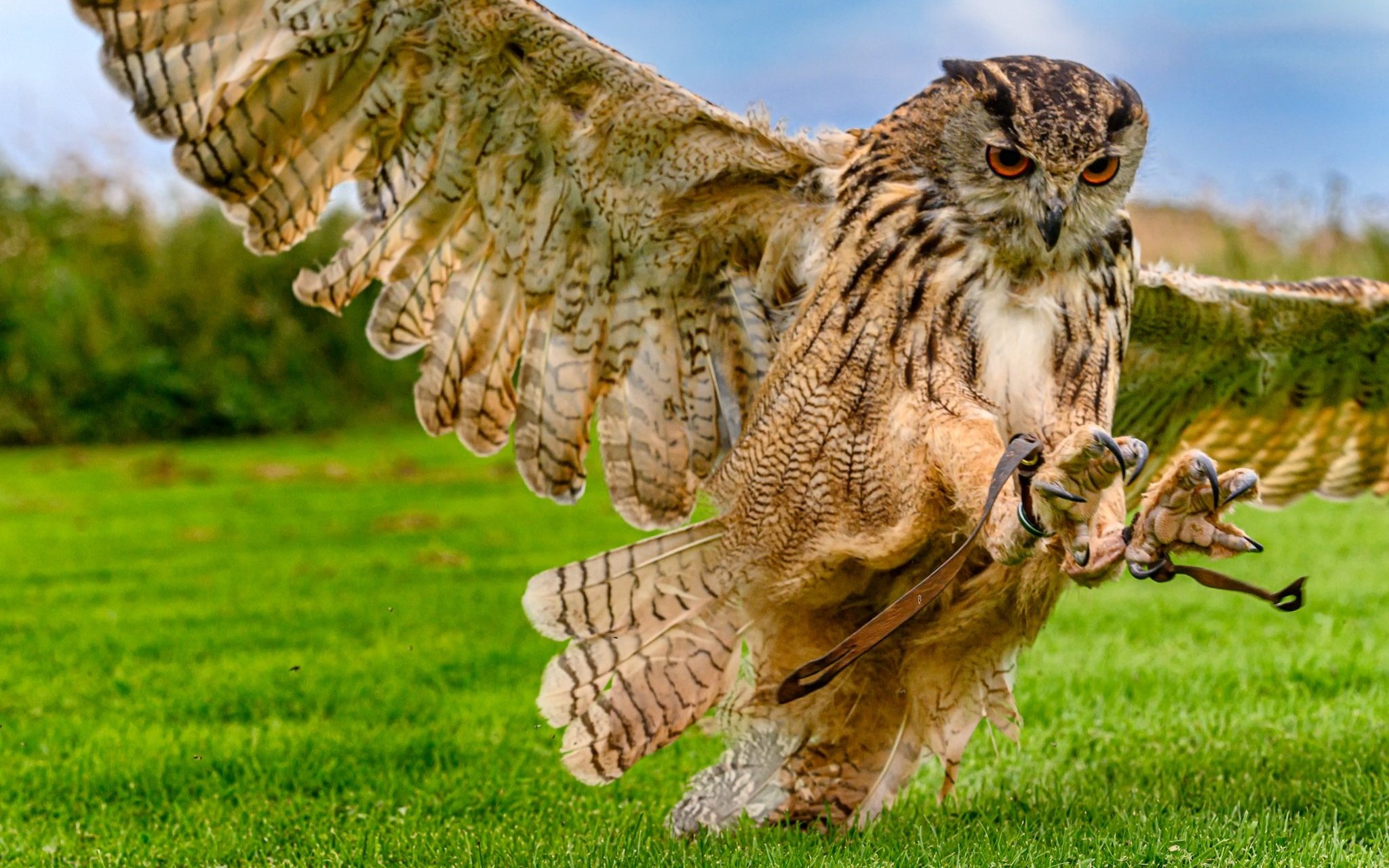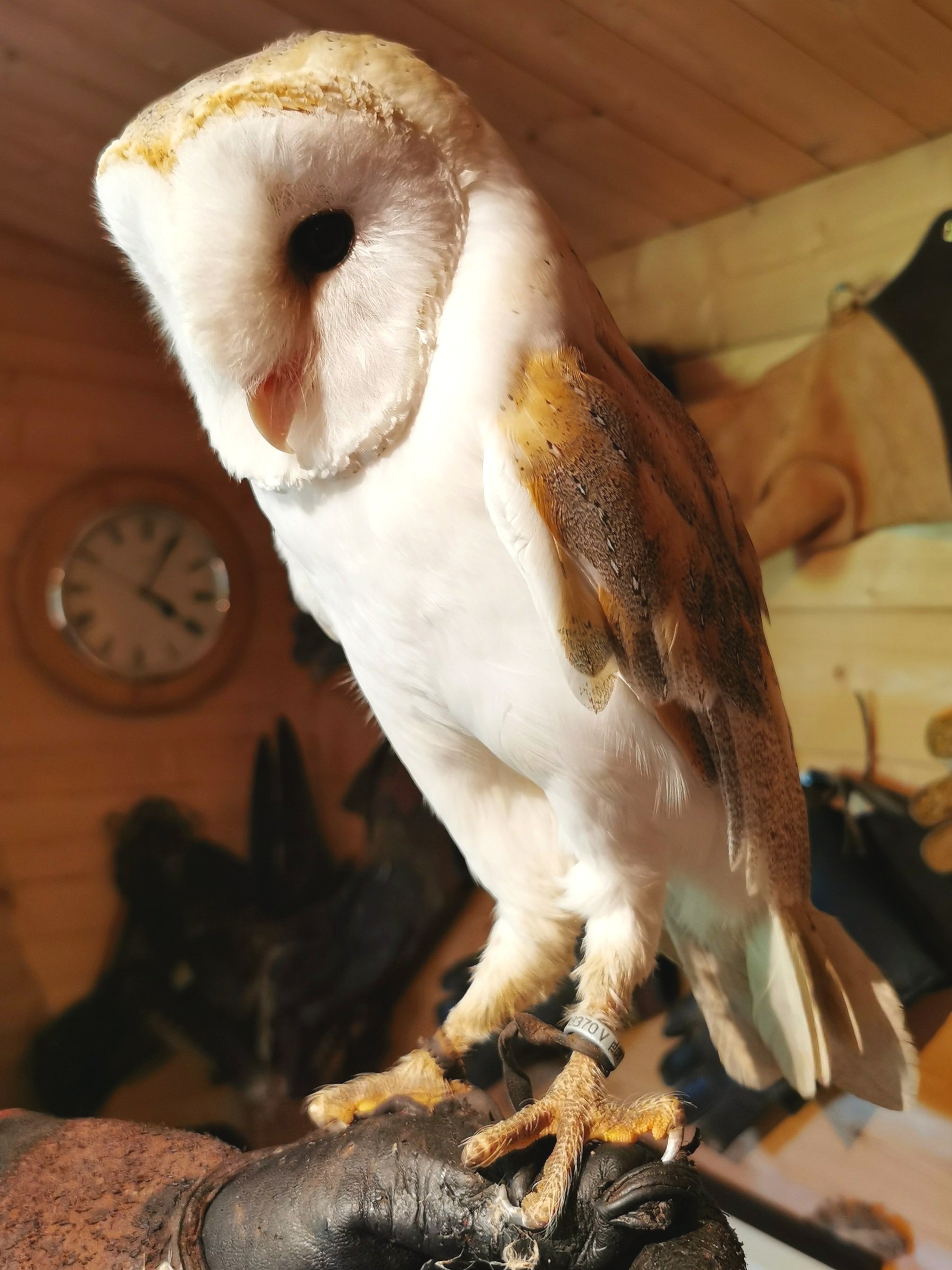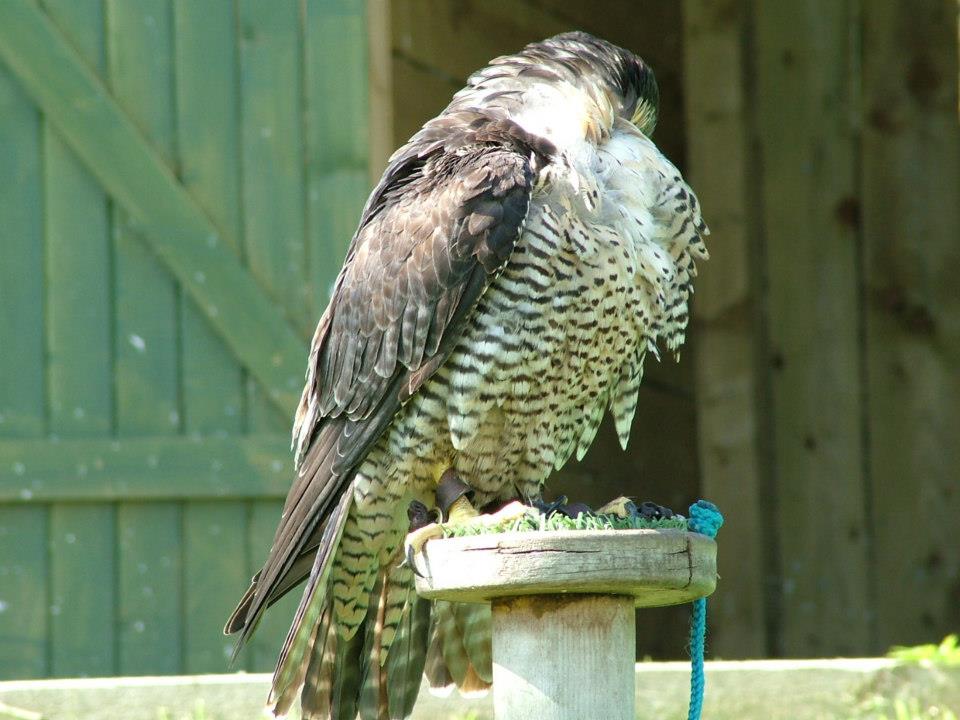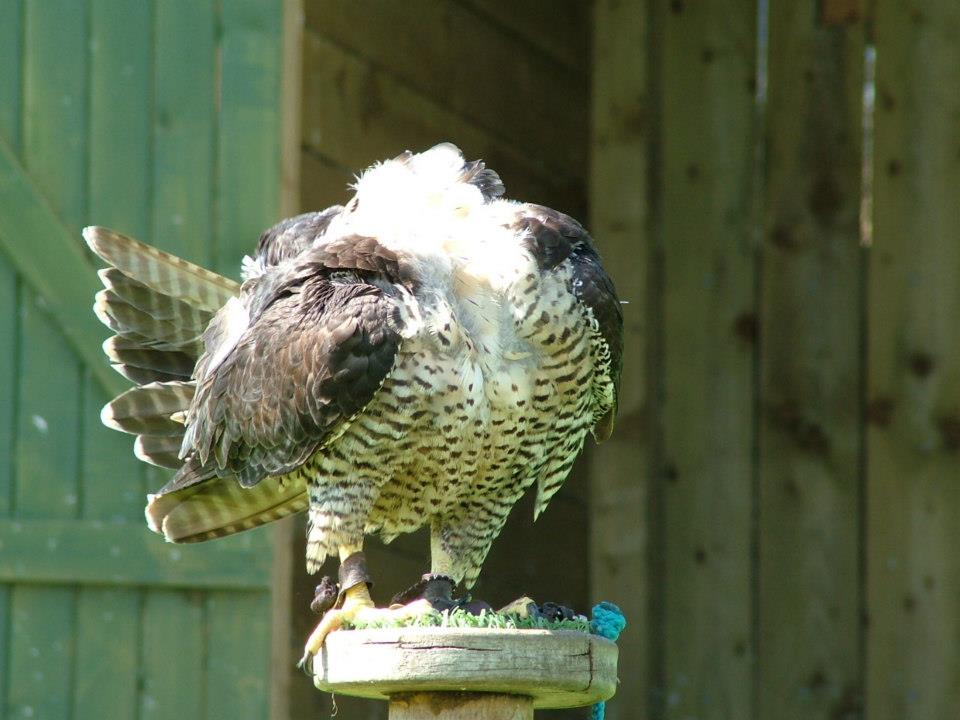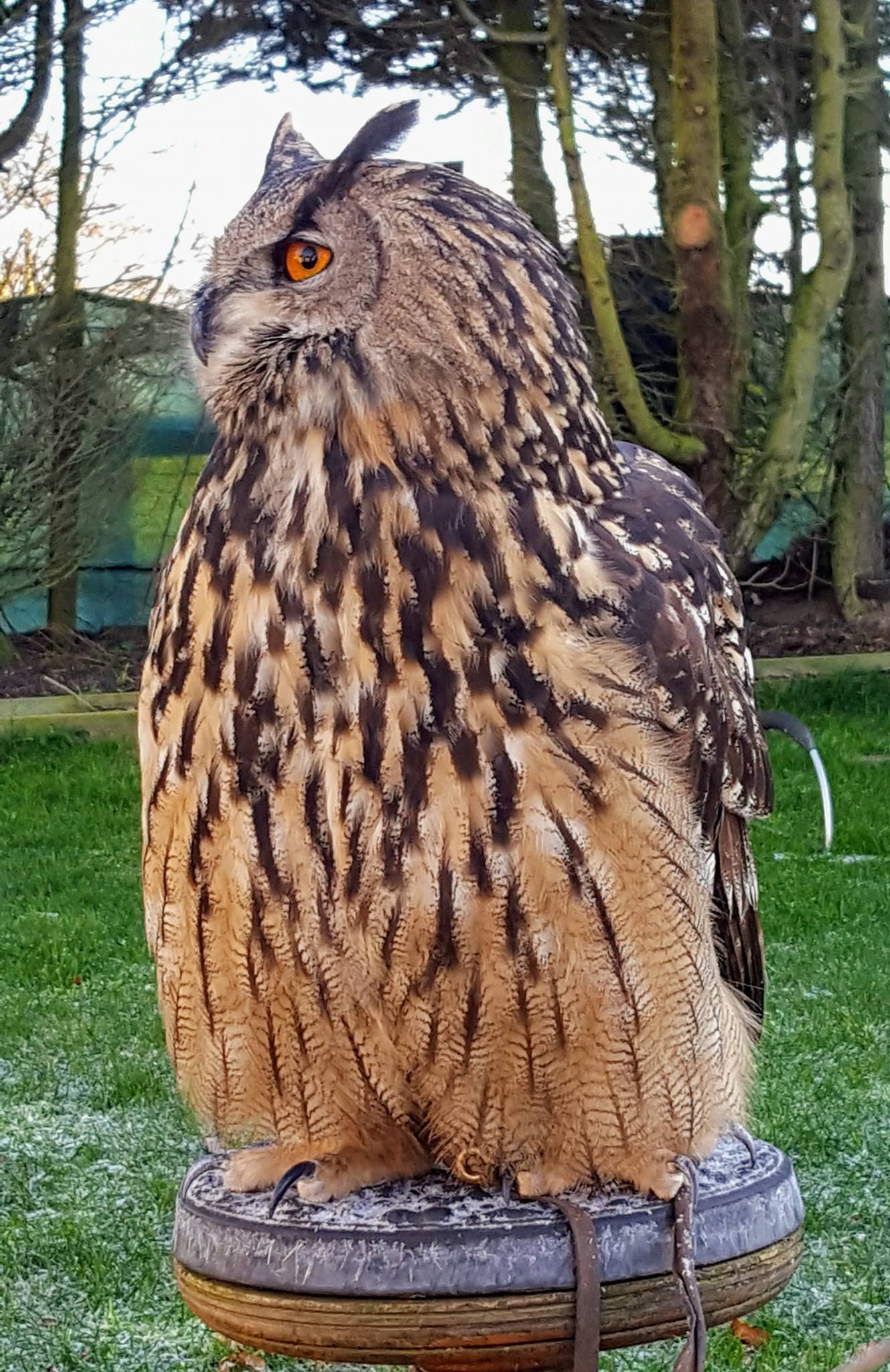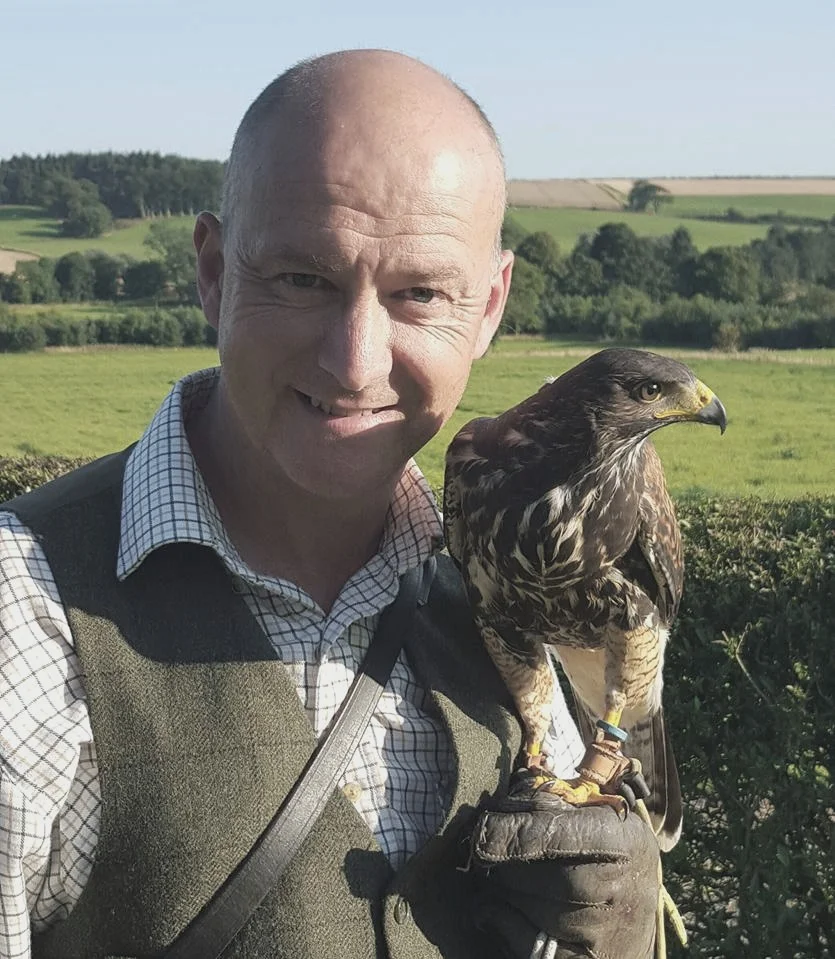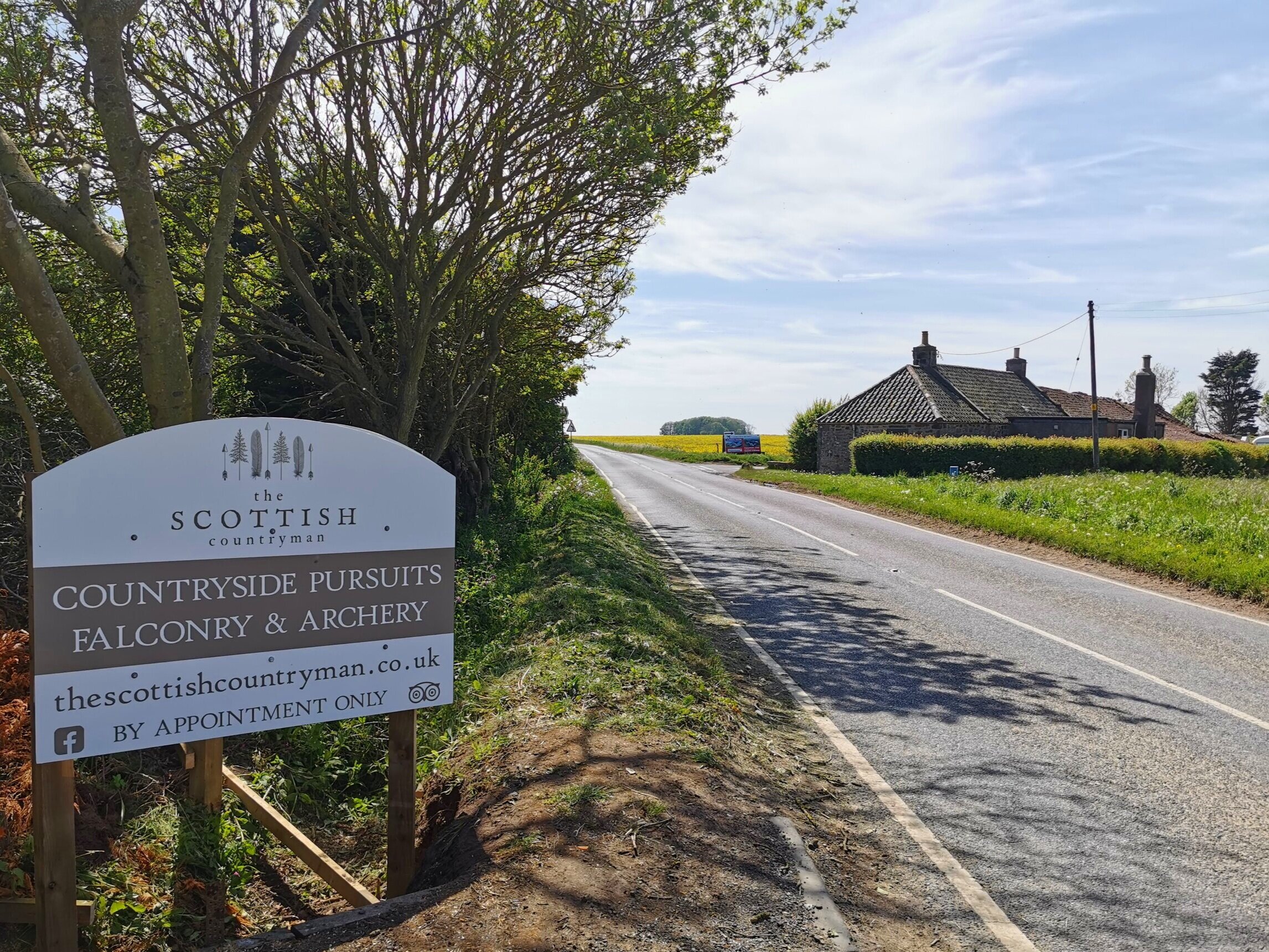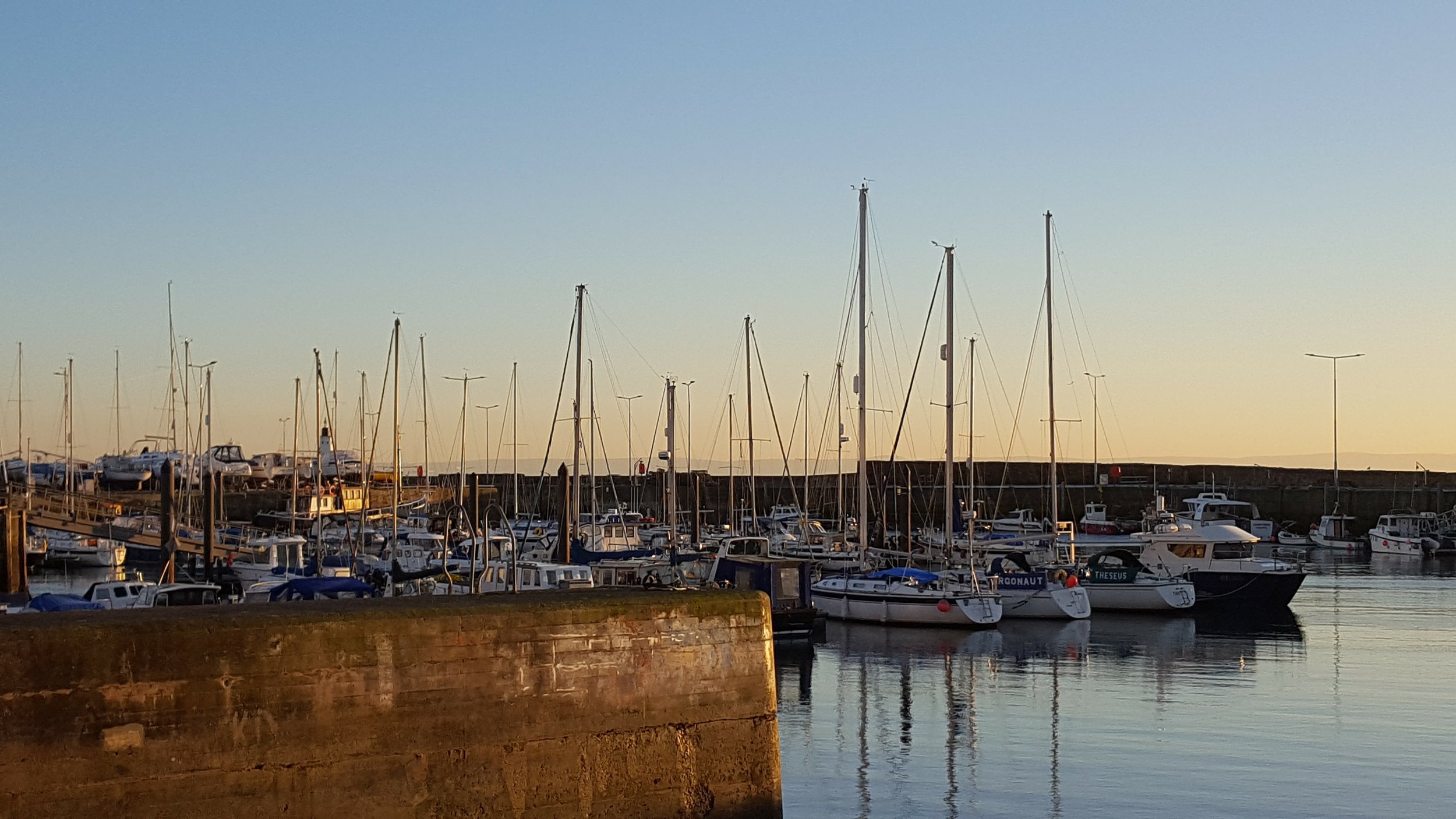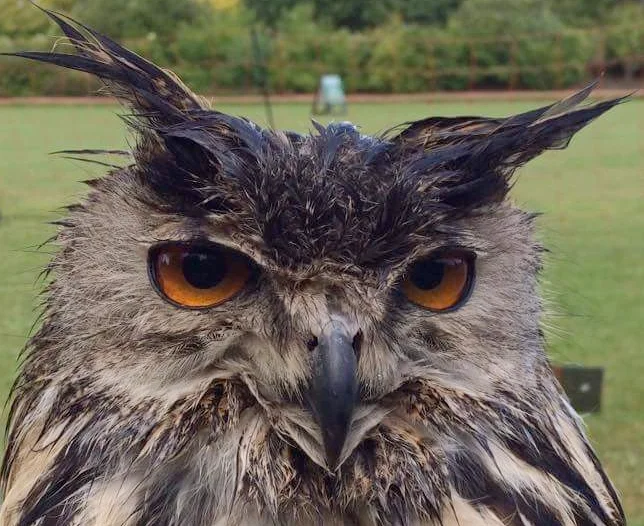What is a bird of prey?
/What exactly is a ‘bird of prey’? It’s an odd name, when you think about it, isn’t it? (Even odder when you see it misspelled as ‘bird of pray’.) It’s a question that comes up a lot in our bird-of-prey and owl experiences, so let’s explore what is meant by a bird of prey.
The short answer is that a bird of prey eats meat; it is a predator that must hunt and eat other birds or animals to survive. Whilst lots of birds eat invertebrate animals such as insects and worms, birds of prey typically take larger vertebrates such as small mammals and other birds as their prey. A distinguishing feature of birds of prey is the fact that they use their feet (and sharp talons) to capture and carry their prey away and they have a hooked beak to kill and break into their prey. Most birds of prey hunt live prey but some species, like vultures, will also eat carrion.
Which birds are (and are not) birds of prey?
Birds of prey can be broadly separated into three (unrelated) groups: acciptrifoformes, which include eagles, buzzards, hawks, ospreys and harriers, the falconiformes (falcons), and the strigiform, which are the owls. In general, owls are nocturnal hunters while the others are all diurnal (daytime) hunters. There are around 300 species of acciptrifoformes and falconiformes and just over 200 species of owls.
Not all birds that hunt and eat other animals are birds of prey. Although birds like magpies, herons, gulls, penguins and storks are predators and eat other animals s
uch as songbirds, fish or frogs, they are not classed as birds of prey because they don’t have the distinguishing features of a bird of prey.
What are the distinguishing features of a bird of prey?
Across the species (eagles, buzzards, hawks, falcons and owls), birds of prey will have distinct and particular features that give them their apex hunter’s advantage. These features include wing shape, flying style and speed, feather colour and type, manoeuverability, leg length and more, but - because of how they hunt and kill - all birds of prey have powerful feet and a strong, hooked beak.
In eagles, the feet are very large and can exert very high pressure. A bald eagle, for example, has the strength to apply 400 pounds per square inch (psi) of pressure in its enormous feet, which is ten times the grip of an average adult human. The golden eagle’s prey can include mammals the size of a roe deer or fox, so their feet and talons need to be capable of a strong grip for lifting and carrying away that kind of weight, as well as the killer pressure needed to crush mammal bones.
In the images above, you can see the impressive feet on Altai, our golden eagle. Steve’s falconry glove is triple thickness to protect his arm but, even so, if Altai decides to apply pressure, Steve knows about it! To give you an idea of his size, Altai’s talons alone are each around 5-7cm long…
Falcons catch their prey on the wing, or in mid-flight, so they need to have feet that can bind to their quarry and hold on to it but they also need a quick method of killing their prey before it wrestles free in the air or damages them in the process of struggling to escape. The hooded beak of a falcon includes an extra serrated bit on the upper part of the beak. It looks like a notch - a rough edge - and its known as, a ‘tooth’, specifically a tomial tooth, which is used a little like a can opener. Falcons and (kites) use this tomial tooth to quickly kill their prey by snapping the vertebrae. You can see it in the image below, on Logan’s upper beak.
LOGAN our peregrine falcon showing his tomial tooth.
The two photos below show off the falcon’s tools of the trade: hooded beaks, powerful feet and strong, sharply pointed wing tips, giving them the aerodynamic profile they need to cut through the air at high speed.
Another feature of birds of prey that makes them different from other birds and most other animals is that the males are smaller than the females, which is known as reversed sexual dimorphism.
In most vertebrates, and in non-predatory birds, the male is typically larger than the female. However, in birds of prey, the female is larger. The most noticeable size difference is in falcons and hawks - in some cases (the kestrel, for example) the female is larger than her male counterpart by as much as 50%.
Ailsa, our female eagle owl (right) weighs approximately 6.5lbs (2.9kg), while Fergus, our male eagle owl, is just 4lbs (1.8kg) - almost 50% lighter!
The size difference between sexes is much less obvious in birds of prey that predate on slower species. Vultures, for example, which rely on team work or others’ left-overs (and carrion) to be able to eat, have little size difference between the sexes.
Ailsa, our female eagle owl
There are several theories as to why birds of prey have reverse sexual dimorphism. These include the suggestion that males and females can more easily share territory if they are different sizes: birds of the same species will not be in competition for the same prey if one is significantly smaller / larger than the other. And perhaps a female’s need to produce and spend time incubating eggs accounts for her larger size - she needs larger reserves of energy.
Is a raptor different from a bird of prey?
No, raptors and birds of prey are the same thing. The Victorians called birds of prey raptors, from a Latin world meaning to plunder or take by force. This perfectly describes a bird of prey’s hunting style, which is to ambush its prey and then carry it off to a safe place to eat. (The term ‘raptor’ is also used for the group of dinosaurs known as Dromaeosauridae, the feathered lizards that include the Velociraptor made famous by the film ‘Jurassic Park’. Scientists are yet to confirm a direct evolutionary link between these bird-like dinosaurs and the birds of today, but they certainly share the same design of powerful feet and fierce talons as our birds of prey. )
What birds of prey can be found in Scotland?
There are 14 species of diurnal (daytime-hunting) raptors (falcons, hawks, eagles) and 4 nocturnal raptors (owls) in Scotland.
The diurnal Scottish birds of prey are: red kite, honey buzzard, common buzzard, goshawk, sparrowhawk, merlin, kestrel, golden eagle, white-tailed (sea) eagle, osprey, hobby falcon, peregrine falcon, hen harrier and marsh harrier. Below is a photo of Lewis, Steve’s goshawk on a pheasant kill. In it you can see his hooked beak and sturdy, powerful legs but his feet are covered in the pheasant’s feathers.
A goshawk on a kill
The nocturnal birds of prey found in Scotland are: barn owl, tawny owl, short-eared owl and long-eared owl.
The barn owl’s feet, used with such precision to capture thousands of voles and mice in a year, are covered with tiny feathers to minimise the sound of the air passing over them, allowing the owl to fly almost silently, in order to surprise its unsuspecting prey.
Eagle owls are now also to be found living wild in Scotland (having escaped from captivity) and Snowy owls are sometimes seen on the islands of the Outer Hebrides, but neither species is considered native.
Want to know more about birds of prey?
I’ve included some reference below but I’m confident you’ll learn the most and get the most out of booking an experience with Steve!
In The Scottish Countryman’s team, we have a barn owl and two eagle owls, a golden eagle, falcons and hawks. You can get up close to and learn more about each of these birds in our bird of prey experience or owl experience. Steve explains each of the birds’ ‘super powers’ and demonstrates their hunting/flying styles for you so that you can really appreciate the specific distinguishing features that make them all such superb birds of prey.
Sources
https://web.stanford.edu/group/stanfordbirds/text/essays/Size_and_Sex.html
“Raptor. A Journey through Birds” (2016) James Macdonald Lockhart Fourth Estate


